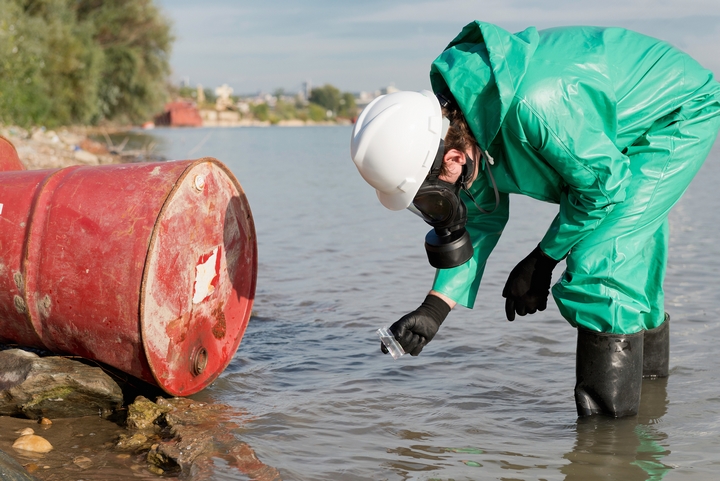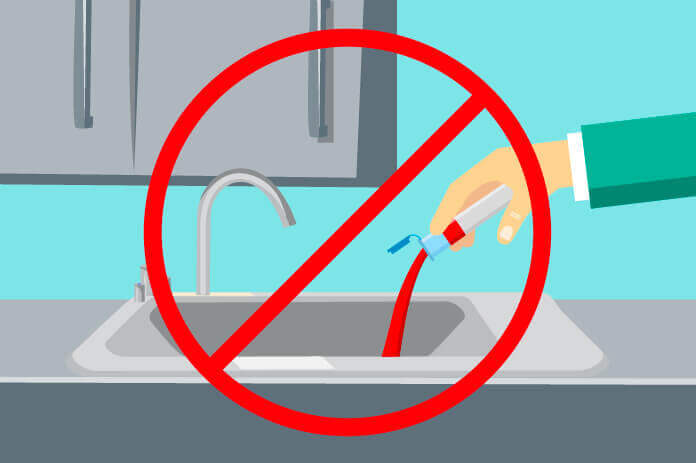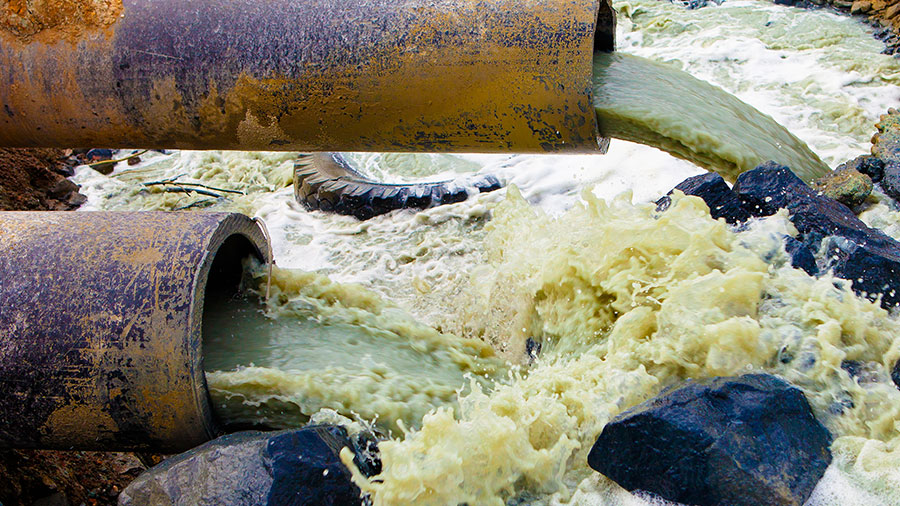Leading Liquid Waste Disposal Melbourne: Trusted Providers for Correct Waste Monitoring
Leading Liquid Waste Disposal Melbourne: Trusted Providers for Correct Waste Monitoring
Blog Article
Just How Fluid Garbage Disposal Functions: A Thorough Overview of Techniques and Technologies Employed

Overview of Fluid Waste Types
The intricacy of fluid waste types requires a comprehensive understanding of their features and effects for disposal. Fluid waste can extensively be classified into several kinds, including industrial, local, agricultural, and contaminated materials. Each classification shows distinct residential or commercial properties, calling for details monitoring techniques to mitigate ecological and health and wellness threats.
Industrial fluid waste originates from manufacturing processes and often has a variety of impurities, such as heavy steels, solvents, and natural substances. Municipal fluid waste, mostly comprising wastewater from households and business establishments, contains organic matter, nutrients, and virus (industrial wastewater treatment). Agricultural liquid waste, including overflow from ranches, may include plant foods, chemicals, and pet waste, posturing threats to water high quality and ecological communities
Dangerous liquid waste is identified by its poisoning, sensitivity, or possible to create damage. Comprehending these diverse liquid waste kinds is important for establishing reliable disposal methods and ensuring compliance with environmental laws.
Physical Therapy Techniques

Screening is the first action, where bigger particles and debris are gotten rid of from the fluid waste making use of screens or grates. In sedimentation storage tanks, heavier fragments resolve at the base, developing a sludge layer, while the clarified fluid can be additional dealt with.
Filtering is an additional crucial method that entails passing the fluid via porous products, such as sand or membrane layers, to catch smaller sized bits. This action improves the quality of the fluid, making it appropriate for subsequent treatment processes.

Chemical Therapy Methods
Chemical therapy methods are essential for properly managing fluid waste, particularly in resolving dissolved and colloidal impurities that physical methods might not properly get rid of. These techniques use numerous chemical agents to counteract, precipitate, or transform unsafe substances into much less hazardous types.
One usual method is coagulation and flocculation, where chemicals such as alum or ferric chloride are contributed to advertise the aggregation of suspended fragments. This process enhances sedimentation, permitting less complicated removal of the resulting sludge. Furthermore, oxidation procedures, employing agents like chlorine or ozone, are utilized to damage down intricate organic compounds and microorganisms, providing the waste more secure for discharge or further treatment.
Neutralization is an additional critical method, which changes the pH of acidic or alkaline waste streams to neutral degrees, protecting against potential harm to downstream systems and the atmosphere. In addition, progressed oxidation procedures (AOPs) utilize combinations of oxidants and ultraviolet light to deteriorate consistent toxins, attaining a greater level of treatment efficiency.
Biological Treatment Processes
Organic therapy processes play a critical duty in the monitoring of fluid waste by utilizing microbes to decompose natural issue and lower impurity degrees. These procedures can be extensively categorized into anaerobic and cardio therapies, each using certain microbial areas to accomplish efficient waste deterioration.
Cardiovascular treatment involves the use of oxygen to help with the break down of organic materials by microorganisms. This procedure is generally applied in triggered sludge systems, where aeration tanks offer a conducive environment for microbial development, leading to the oxidation of natural pollutants. The resultant biomass can be divided useful reference from treated effluent through sedimentation.
In comparison, anaerobic therapy happens in the absence of oxygen, counting on various bacteria to damage down raw material. This approach is especially beneficial for high-strength waste, as it generates biogas, an eco-friendly energy resource, while minimizing sludge production. Technologies such as anaerobic digesters are frequently utilized in community and commercial applications.
Both anaerobic and aerobic organic treatments not just reduce the ecological effect of liquid waste yet likewise promote source recovery, making them essential elements of sustainable waste administration strategies. Their performance, versatility, and effectiveness support their extensive application throughout different sectors.
Arising Technologies in Disposal
Ingenious approaches to liquid garbage disposal are swiftly developing, driven by innovations in technology and a raising focus on sustainability. Among these emerging innovations, membrane layer bioreactors (MBRs) have actually obtained grip for their ability to incorporate organic therapy with membrane layer filtration, resulting in top notch effluent that can be recycled in numerous applications. MBRs enable smaller footprints and more efficient operations compared to conventional systems.
One more appealing advancement is making use of anaerobic digestion integrated you can look here with nutrient healing innovations, which not only treats liquid waste but also generates biogas and recovers valuable nutrients like nitrogen and phosphorus. This dual advantage boosts source performance and minimizes ecological effect.
Furthermore, advanced oxidation processes (AOPs) are being taken on for the destruction of intricate natural contaminants. These techniques utilize powerful oxidants and stimulants to damage down pollutants at the molecular level, offering a highly effective solution for tough waste streams.
In addition, the combination of expert system and artificial intelligence in waste monitoring systems is enhancing operational performance and predictive maintenance, bring about minimized costs and boosted ecological compliance. These modern technologies show a you could try these out significant change towards even more reliable and sustainable fluid waste disposal techniques.
Final Thought
Finally, reliable liquid garbage disposal necessitates a thorough understanding of different techniques and innovations. The integration of physical, chemical, and biological treatment techniques ensures the effective management of diverse waste kinds. Additionally, the appearance of ingenious modern technologies improves therapy efficacy and promotes sustainability in waste monitoring methods. By continually progressing these approaches, it comes to be possible to deal with the expanding challenges related to liquid waste, eventually adding to environmental management and source recuperation.
Liquid waste disposal is a critical aspect of environmental administration, needing a detailed understanding of numerous strategies and modern technologies customized to various waste kinds. Fluid waste can broadly be categorized right into several types, including industrial, community, agricultural, and harmful waste. Agricultural liquid waste, consisting of overflow from ranches, may have plant foods, chemicals, and pet waste, posing risks to water quality and environments.
Different physical therapy techniques play an important duty in taking care of fluid waste properly - industrial wastewater treatment.In verdict, reliable fluid waste disposal demands an extensive understanding of various methods and innovations
Report this page